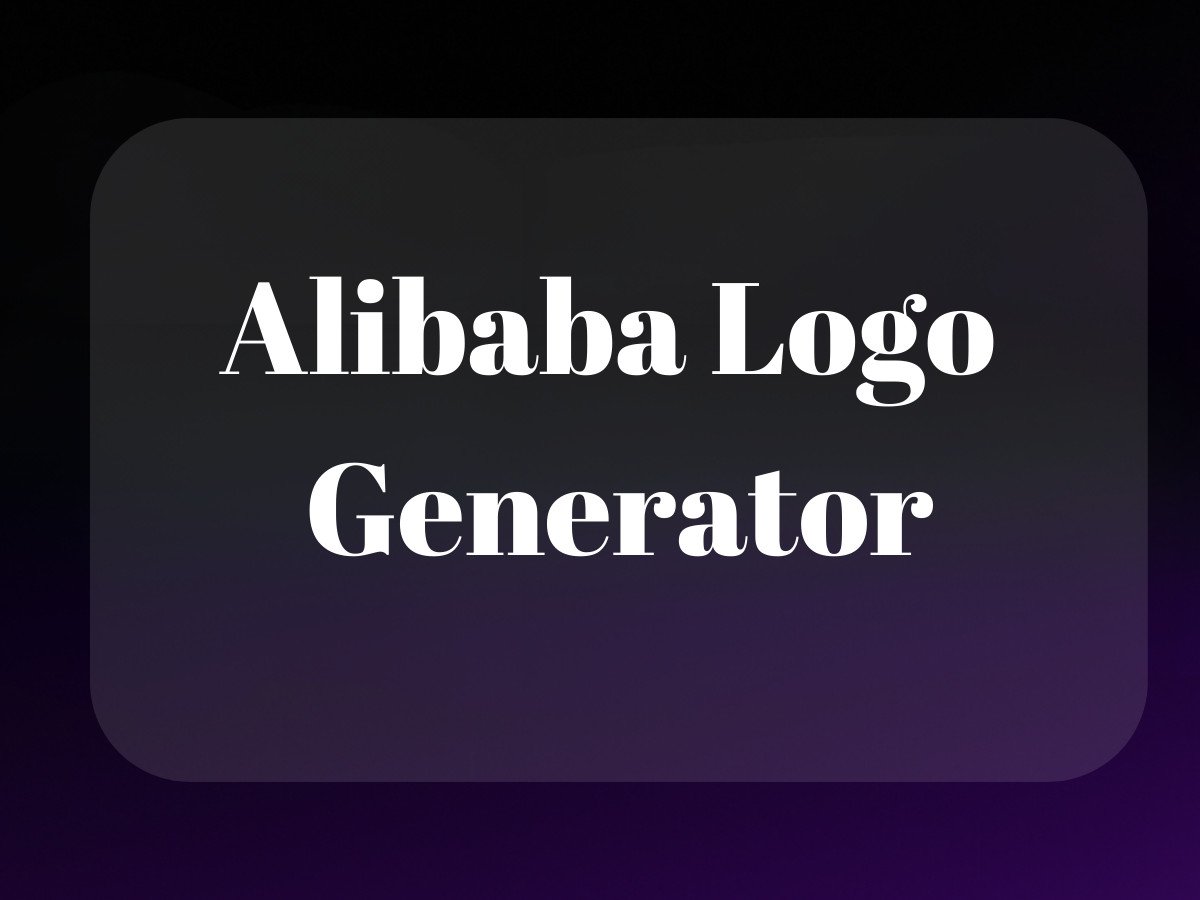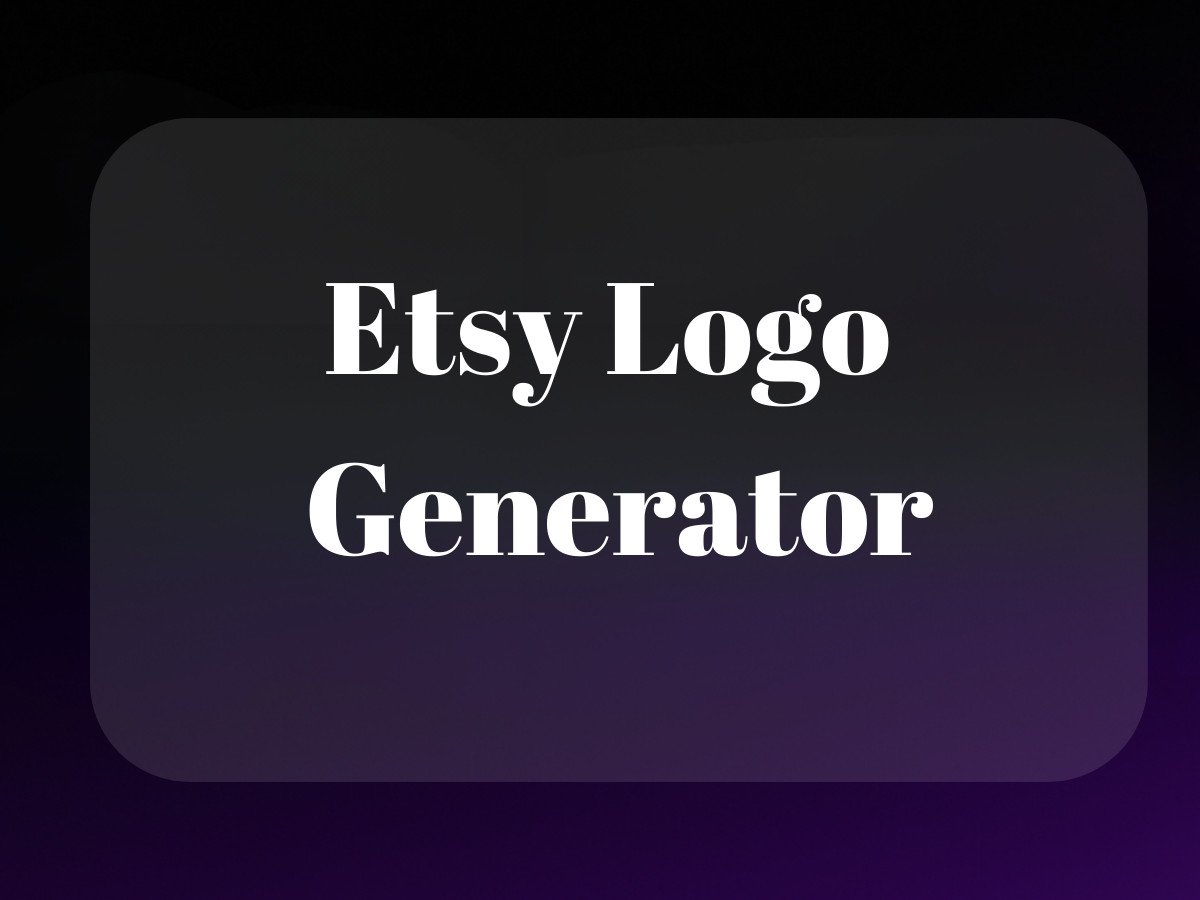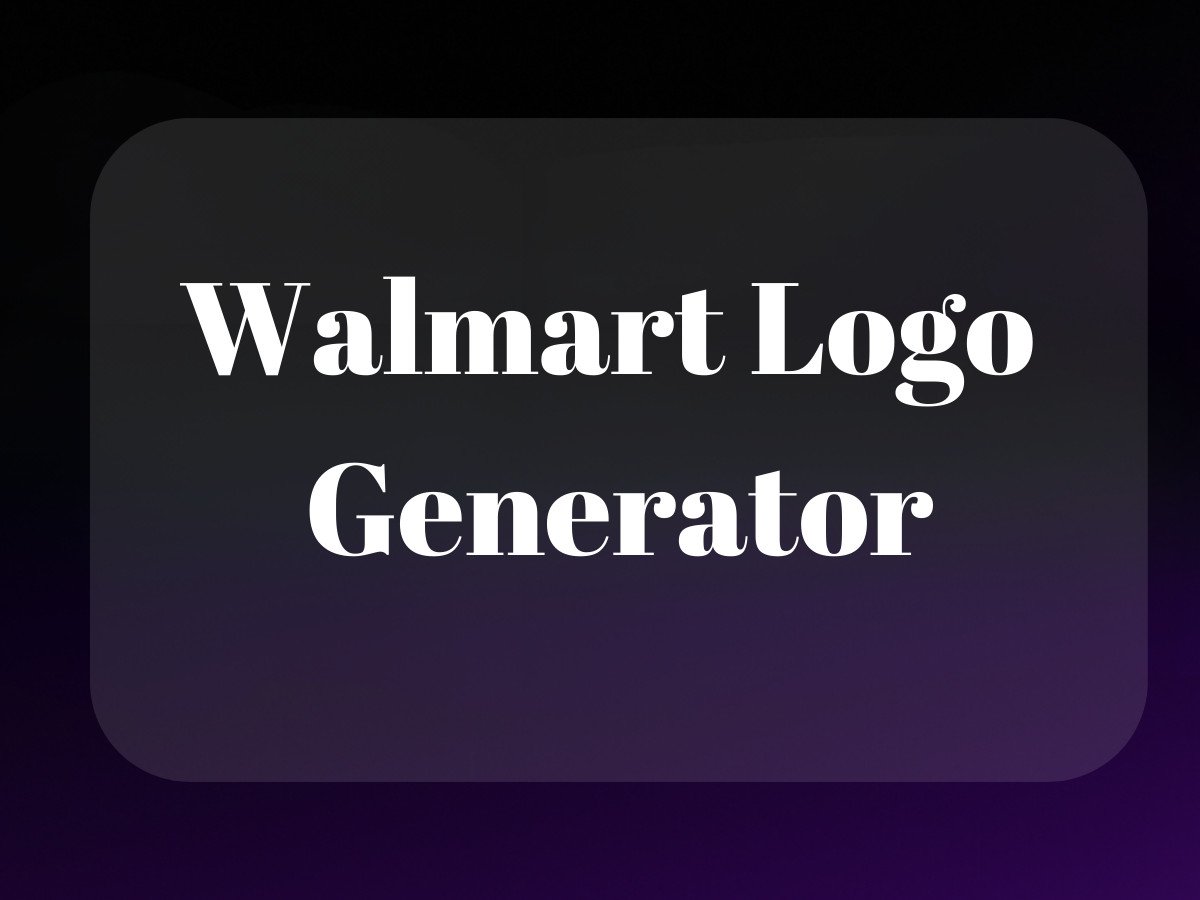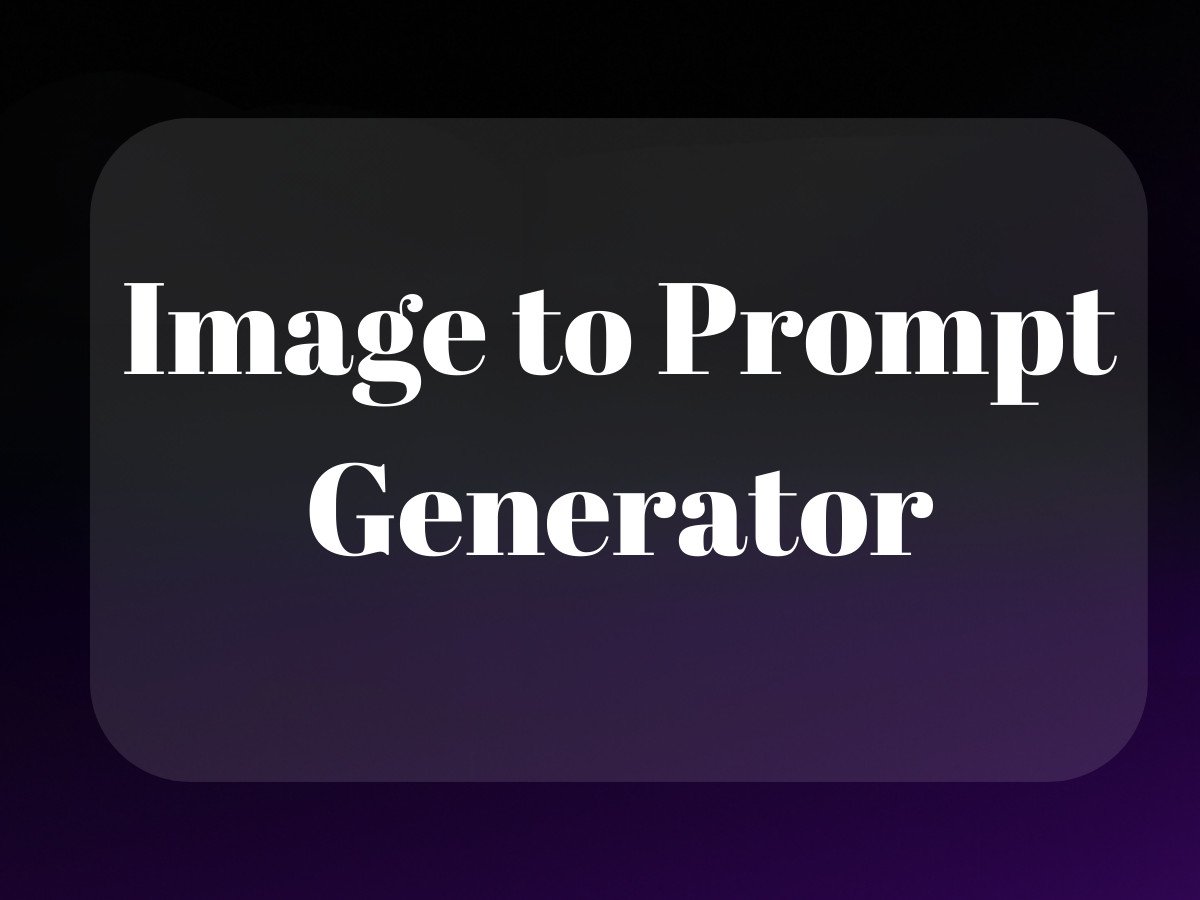Remember when Amazon was just a bookstore? Now it’s the everything store—and for brands looking to stand out in this digital bazaar, mastering Amazon’s advertising ecosystem isn’t just nice-to-have, it’s mission-critical. But here’s the thing: while everyone’s obsessing over Sponsored Products (you know, those individual product ads that pop up everywhere), there’s a secret weapon hiding in plain sight: Sponsored Brand Ads.

Think of Sponsored Brand Ads as your brand’s billboard on the world’s busiest digital highway. While your competitors are playing whack-a-mole with individual product listings, you’re building a brand empire right at the top of Amazon’s search results. Pretty neat, right?
Understanding Sponsored Brand Ads: More Than Just Pretty Pictures
Let’s cut through the marketing speak and get real about what Sponsored Brand Ads actually are. These aren’t your garden-variety product ads—they’re more like mini storefronts that appear right when shoppers are most likely to notice them. You get to showcase your brand logo, craft a custom headline, and feature multiple products in one sleek package. It’s like having a premium spot in a digital mall, except this mall gets over 2 billion visits per month.
The Anatomy of a Sponsored Brand Ad
Picture this: you’re scrolling through Amazon, looking for running shoes. At the top of the page, you see a beautifully designed banner featuring a sports brand’s logo, a catchy headline about “Performance Meets Style,” and three of their best-selling sneakers. That’s a Sponsored Brand Ad in action. But what makes it tick?
- Brand Logo: Your visual handshake with potential customers
- Custom Headline: Your chance to speak directly to shoppers’ needs
- Product Selection: Up to three products that tell your brand’s story
- Landing Page: Either your Amazon Store or a custom product collection page
Why Sponsored Brand Ads Matter in 2024
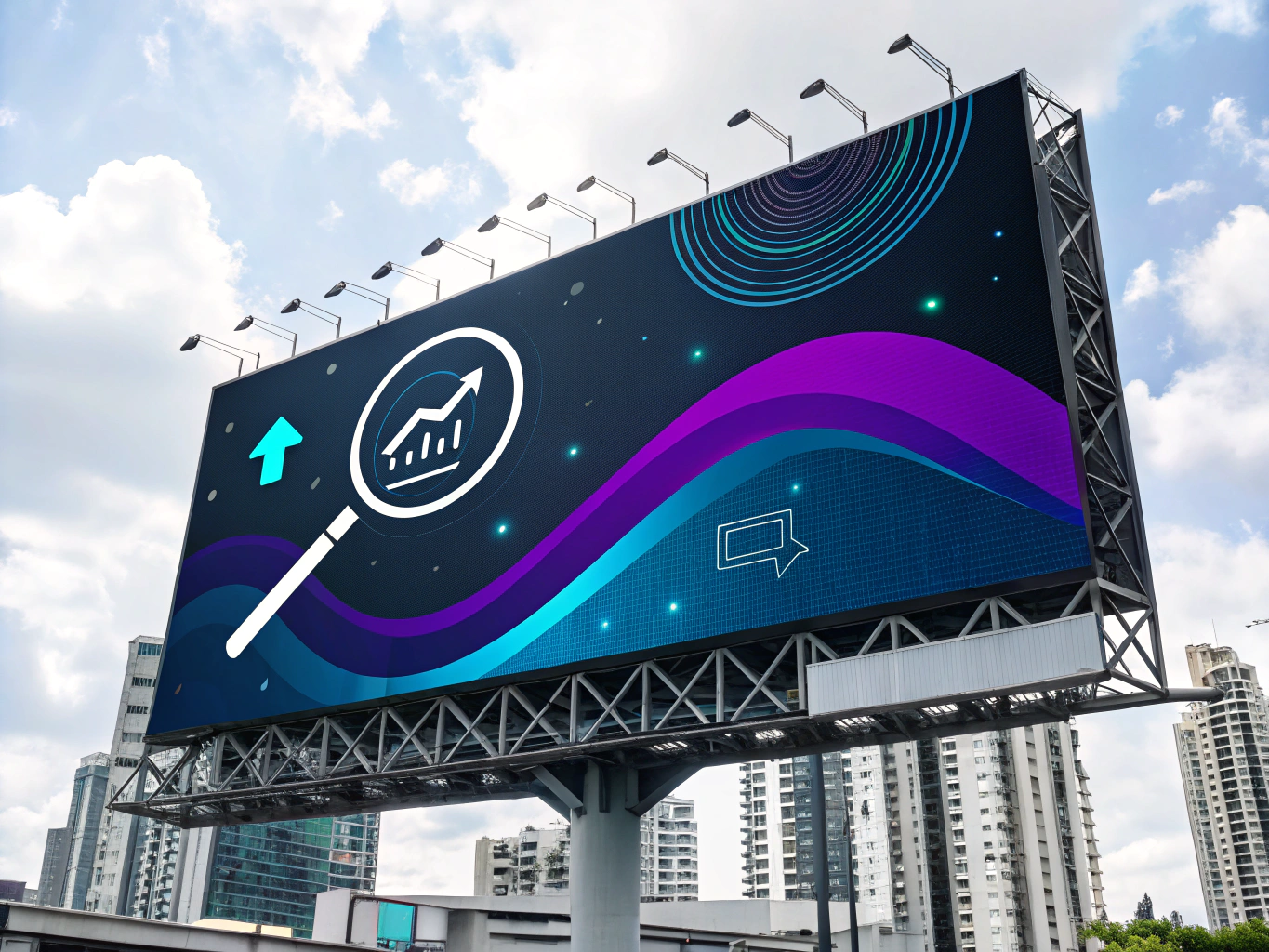
Here’s a truth bomb: the Amazon marketplace is more crowded than a New York subway during rush hour. With over 12 million products competing for attention, standing out isn’t just challenging—it’s an art form. Sponsored Brand Ads give you prime real estate at the top of search results, where eyeballs naturally land first.
The Strategic Advantage
What makes these ads particularly powerful is their ability to serve multiple business objectives simultaneously. They’re not just about immediate sales (though they’re great for that too). They’re about building brand recognition, establishing trust, and creating a consistent presence in your category. It’s like having a permanent booth at a trade show, except this trade show never ends and has millions of attendees daily.
Format Flexibility: Your Creative Playground
One size definitely doesn’t fit all in advertising, and Amazon knows it. That’s why they’ve developed different formats for Sponsored Brand Ads:
- Product Collection: The classic format showcasing up to three products
- Store Spotlight: Perfect for brands with robust Amazon Storefronts
- Video Ads: Because sometimes you need movement to capture attention
Setting Up Your First Sponsored Brand Campaign
Let’s get practical. Setting up your first Sponsored Brand campaign might feel like configuring a new smartphone—slightly overwhelming at first, but totally manageable once you know what you’re doing. The key is starting with a solid foundation.
Prerequisites: Getting Your Ducks in a Row
Before you dive in, make sure you’ve got:
- Brand Registry enrollment (non-negotiable)
- Professional seller account
- At least three products to feature
- A clear understanding of your advertising budget
Think of these requirements as your campaign’s foundation. Just like you wouldn’t build a house on shaky ground, you don’t want to launch an ad campaign without these basics in place. Once you’ve got these sorted, you’re ready to start building something amazing.
Creating Your First Campaign
The process itself is straightforward, but there are some nuances worth noting. First, you’ll need to decide on your campaign objective. Are you looking to drive brand awareness? Generate sales? Both? Your objective will influence everything from your bidding strategy to your creative choices.
Setting Up Your Sponsored Brand Ads Campaign
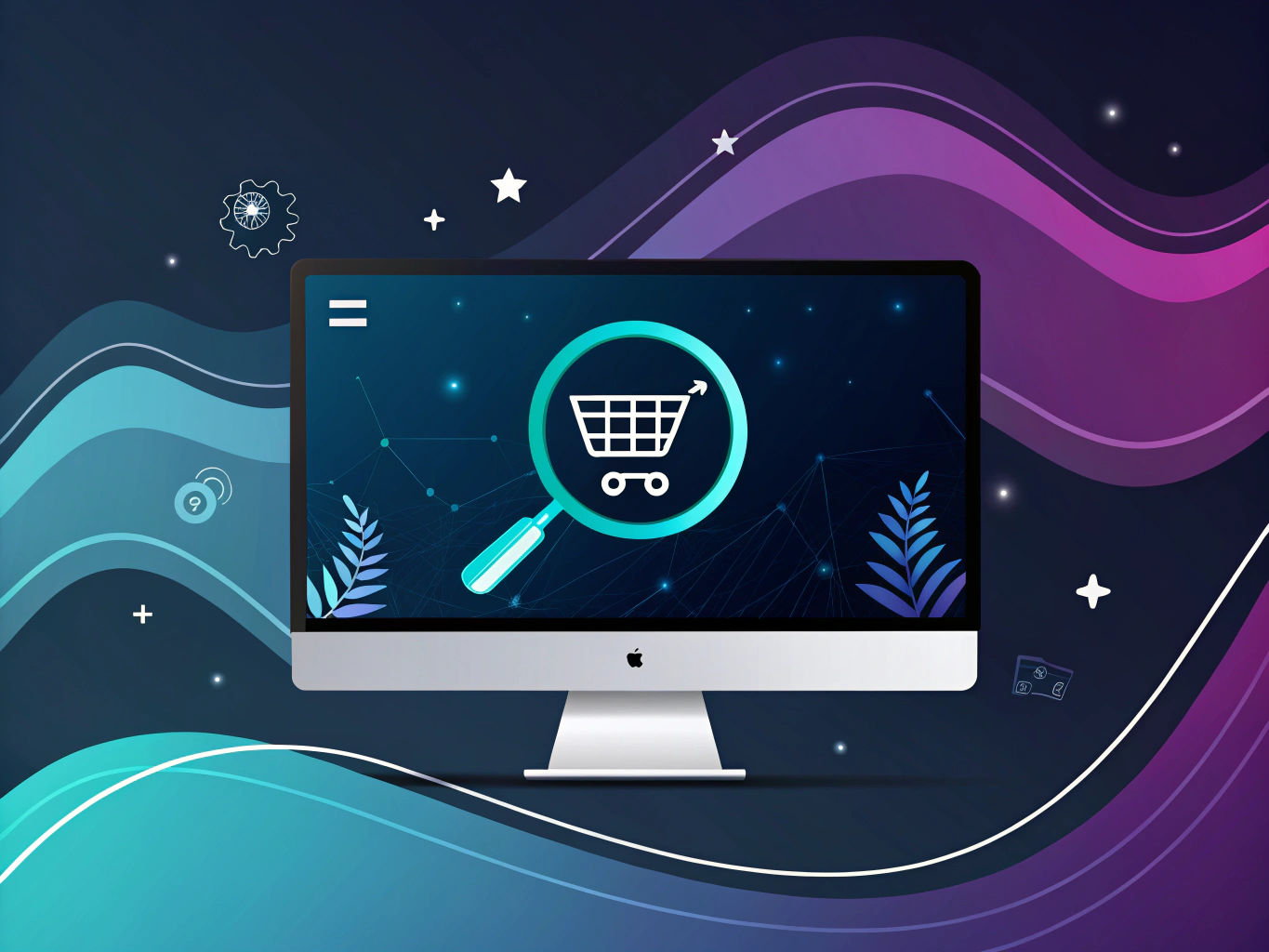
Look, I’ve seen countless brands stumble through their first Amazon advertising campaigns like a teenager learning to drive stick shift. It’s not pretty, but we’ve all been there. The good news? Setting up sponsored brand ads isn’t rocket science – though Amazon sometimes makes it feel that way.
Let’s cut through the confusion and get to what actually matters.
The Foundation: Campaign Creation That Actually Works
First things first – you need to be brand registered. I know, I know, another hoop to jump through. But think of it like getting your driver’s license before hitting the road – it’s non-negotiable. Once you’re registered, you’ll need to prep three key elements:
- Your brand logo (square format, minimum 400×400 pixels)
- A compelling headline (50 characters or less)
- Three products that make sense together
Here’s something most guides won’t tell you: your headline doesn’t need to be Shakespeare. “Premium Kitchen Knives for Home Chefs” often outperforms “Revolutionizing Culinary Excellence with Precision-Engineered Cutlery.” Keep it simple, stupid (KISS) really works here.
The Art and Science of Targeting
Remember when you were a kid playing Marco Polo in the pool? That’s basically what poor targeting looks like on Amazon – lots of shouting and hoping someone responds. Let’s be smarter about this.
Keyword Strategy: Beyond the Basics
You’ve got three targeting options with sponsored brand ads: automatic targeting (letting Amazon do the heavy lifting), manual keyword targeting (you’re in control), and product targeting (going after specific ASINs). Here’s the thing – they all have their place, like tools in a toolbox.
Start with automatic targeting for 2-3 weeks. It’s like having an intern do your initial research – not perfect, but gives you data to work with. Once you see what’s working, transition those winning keywords to manual campaigns where you have more control over bids and matching types.
The Budget Question
How much should you spend? I’ve seen brands agonize over this like they’re solving a quantum physics equation. Here’s my rule of thumb: start with $50/day per campaign. Yes, that might seem high if you’re just starting, but here’s why it matters: Amazon’s algorithm needs data to optimize, and being too stingy with your budget is like trying to fill a swimming pool with a garden hose.
Creative Elements That Convert
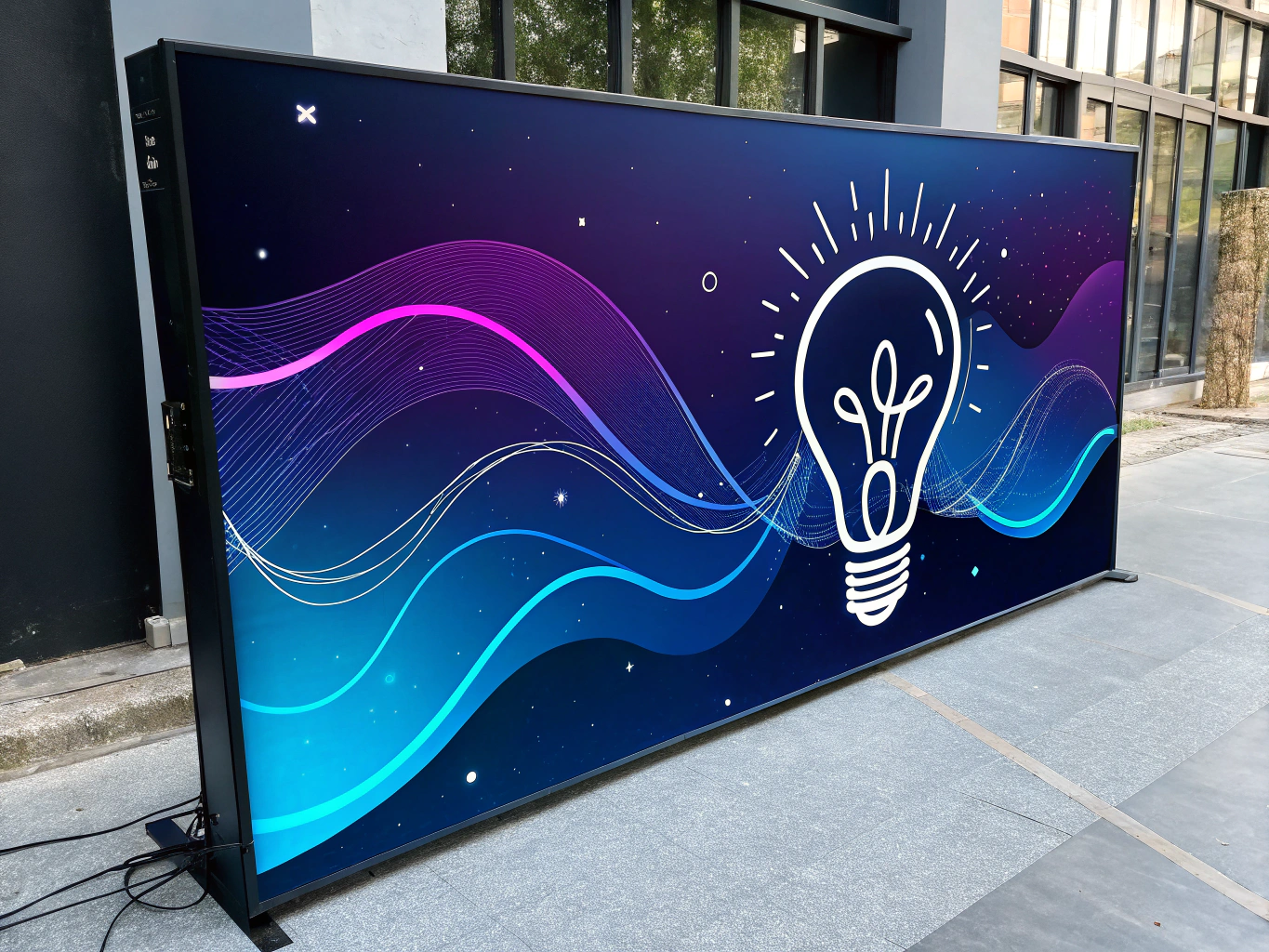
Your amazon storefront is about to get a lot more attention, so let’s make it count. The creative elements of your sponsored brand ads aren’t just pretty pictures – they’re your digital storefront window.
Product Selection Strategy
Here’s a mistake I see constantly: brands showcasing their three best-selling products together. Counter-intuitive, right? But think about it – those products are already selling well. Instead, try this approach:
- One best-seller (your “hook”)
- One complementary product
- One up-and-coming product you want to boost
This strategy works because it leverages your existing success while building momentum for newer offerings. It’s like having your star player help rookie teammates score.
Visual Optimization
Your product images need to work harder than a coffee shop barista during morning rush. Here’s what most sellers miss: your products need to look good both individually AND together. The visual harmony matters – it’s not just about having great individual product shots.
Test different combinations. Sometimes, what looks great in your amazon advertising dashboard looks cluttered in actual search results. And please, for the love of all things digital, make sure your images are high-resolution and properly cropped. Nothing screams “amateur hour” like pixelated product photos.
Measuring What Matters
Data without context is just numbers, and I’ve seen too many brands get lost in the metrics maze. Focus on these key performance indicators:
- Impressions-to-click ratio (anything above 0.4% is decent)
- Click-to-sale conversion rate (aim for at least 10%)
- ACOS (Advertising Cost of Sale – target varies by category)
But here’s the thing about amazon sponsored brands metrics – they’re not just about immediate sales. These ads build brand awareness, and that’s harder to measure but incredibly valuable. Think of it like planting seeds – some will sprout quickly, others take time, but they’re all part of your growth strategy.
Advanced Optimization Techniques
Once your campaigns are running, it’s time to fine-tune. Use dayparting to focus your advertising budget during peak shopping hours. Adjust bids based on device type – mobile versus desktop performance can vary wildly. And please, use negative keywords aggressively. They’re like bouncers at a club, keeping the riffraff (irrelevant clicks) out.
Remember, amazon ads aren’t “set it and forget it” – they’re more like a garden that needs regular tending. Schedule weekly check-ins to review performance and make adjustments. Your future self will thank you.
Maximizing ROI Through Strategic Testing

Look, I’ve seen countless brands throw money at sponsored brand ads without a proper testing strategy. It’s like trying to navigate New York City without Google Maps – you might eventually get where you’re going, but you’ll waste a lot of time (and money) getting there.
The beauty of sponsored brand ads lies in their testability. Unlike traditional billboard advertising where you’re basically shooting in the dark, Amazon gives us real-time data to work with. Let’s dig into how to actually use this data to make your ads work harder.
A/B Testing That Actually Moves the Needle
First things first – stop testing everything at once. I see this mistake constantly. You change the headline, products, and images simultaneously, then wonder why you can’t pinpoint what’s working. It’s like trying to debug code by changing multiple variables at once – it’s just asking for confusion.
Instead, focus on testing one element at a time:
- Headlines: Test emotion-driven vs. benefit-driven copy
- Product Selection: Rotate your best-sellers vs. new launches
- Landing Pages: Test store spotlight vs. product collection pages
Integration with Your Broader Marketing Strategy
Here’s where sponsored brand ads really shine – they’re not just standalone advertisements. They’re part of your broader Amazon ecosystem. Think of them as the front door to your brand’s house on Amazon. The question is: what do you want people to see when they walk in?
Synergy with Your Amazon Storefront
Your sponsored brand ads should feel like a natural extension of your storefront. If your store is telling a premium story, your ads can’t look like they’re hawking bargain-bin products. Consistency isn’t just about logos and colors – it’s about maintaining the same brand promise across all touchpoints.
Budget Allocation That Makes Sense
Let’s talk money. I’ve found that successful brands typically allocate 25-35% of their total advertising budget to sponsored brand ads. But here’s the thing – it’s not just about how much you spend, it’s about when you spend it.
Consider this approach to your advertising budget:
- 60% to proven performers (your bread and butter)
- 30% to seasonal opportunities
- 10% to experimental campaigns
Future-Proofing Your Sponsored Brand Strategy
The Amazon advertising landscape is evolving faster than AI can generate product descriptions (trust me, I would know). What worked last quarter might not work next quarter. Here’s how to stay ahead:
Emerging Trends in Amazon Advertising
AI-powered optimization isn’t just coming – it’s here. Amazon’s machine learning algorithms are getting better at predicting customer behavior, and smart advertisers are leveraging this to their advantage. But don’t let the robots take over completely – human intuition still matters.
Adaptation Strategies for 2024 and Beyond
The key to long-term success with sponsored brand ads isn’t just about following best practices – it’s about creating them. Here’s what’s working right now:
- Video-first approaches for mobile users
- Dynamic product selection based on inventory levels
- Cross-category targeting for brand expansion
Final Thoughts: Making Sponsored Brand Ads Work for You
Success with sponsored brand ads isn’t about having the biggest budget or the fanciest creative. It’s about understanding your customer, testing relentlessly, and being willing to adapt when the data tells you to.
Remember: these ads are your brand’s handshake with potential customers. Make it firm, make it memorable, but most importantly, make it authentic to who you are as a brand.
Action Steps to Take Today
- Audit your current sponsored brand ads performance
- Set up A/B tests for your top-performing campaigns
- Review your brand store alignment with ad messaging
- Plan your Q1 2024 testing calendar
The brands that will win with sponsored brand ads in 2024 aren’t necessarily the ones with the deepest pockets – they’re the ones who understand that this is a marathon, not a sprint. Test, learn, adapt, repeat. That’s the game.
And hey, if all else fails, remember this: even Amazon itself is constantly testing and optimizing its ad platforms. If the biggest e-commerce company in the world hasn’t figured it all out yet, you’re allowed to take some time to get it right too. Learn more about strategies that can help you along the way.
For additional insights, check out our resources on tweaking product images and using photo props to enhance your listings. You might also be interested in exploring alternative platforms to diversify your selling strategy.
Additionally, understanding the role of customer feedback is crucial. Our article on recently sold items can provide valuable insights into market trends and consumer behavior.
Lastly, don’t forget to explore how creator connections can be leveraged to enhance your brand’s reach and credibility.
Related Articles:
- Amazon Search Engine Marketing: What You Need to Know
- The Power of CHATGPT: How It Can Boost Your Amazon Marketing
- Amazon Creator Connections: Influencer Marketing Guide
Frequently Asked Questions
What is one feature brand logos can contain according to amazon sponsored ads policies?
According to Amazon’s sponsored ads policies, brand logos can include a trademark symbol. This ensures that brands can effectively communicate their registered trademarks while maintaining compliance with Amazon’s guidelines.
What are sponsored brand ads on amazon?
Sponsored Brand Ads on Amazon are advertising solutions that allow brands to promote their products with customized headline ads. These ads feature the brand’s logo, a unique headline, and multiple products, helping to increase brand visibility and drive traffic to the brand’s store or a custom landing page.
Where do sponsored Brands ads appear on Amazon?
Sponsored Brands ads typically appear at the top of the Amazon search results page, making them highly visible to shoppers. They can also be found within shopping results and on product detail pages, providing multiple opportunities for brands to capture customer attention.
What are sponsored advertisements?
Sponsored advertisements are paid marketing tools that allow brands and sellers to promote their products or services on various platforms. These ads are strategically placed to increase visibility and engagement, often appearing in high-traffic areas such as search results or social media feeds to reach a broad audience.
How much does Amazon sponsored Brands cost?
The cost of Amazon Sponsored Brands is based on a pay-per-click (PPC) model, where advertisers pay only when a customer clicks on their ad. The actual cost can vary depending on factors such as competition and keyword demand, allowing brands to control their budget and spend as much or as little as they choose.
About the Author
Vijay Jacob is the founder and chief contributing writer for ProductScope AI focused on storytelling in AI and tech. You can follow him on X and LinkedIn, and ProductScope AI on X and on LinkedIn.
We’re also building a powerful AI Studio for Brands & Creators to sell smarter and faster with AI. With PS Studio you can generate AI Images, AI Videos, Chat and Automate repeat writing with AI Agents that can produce content in your voice and tone all in one place. If you sell on Amazon you can even optimize your Amazon Product Listings or get unique customer insights with PS Optimize.
🎁 Limited time Bonus: I put together an exclusive welcome gift called the “Formula,” which includes all of my free checklists (from SEO to Image Design to content creation at scale), including the top AI agents, and ways to scale your brand & content strategy today. Sign up free to get 200 PS Studio credits on us, and as a bonus, you will receive the “formula” via email as a thank you for your time.

